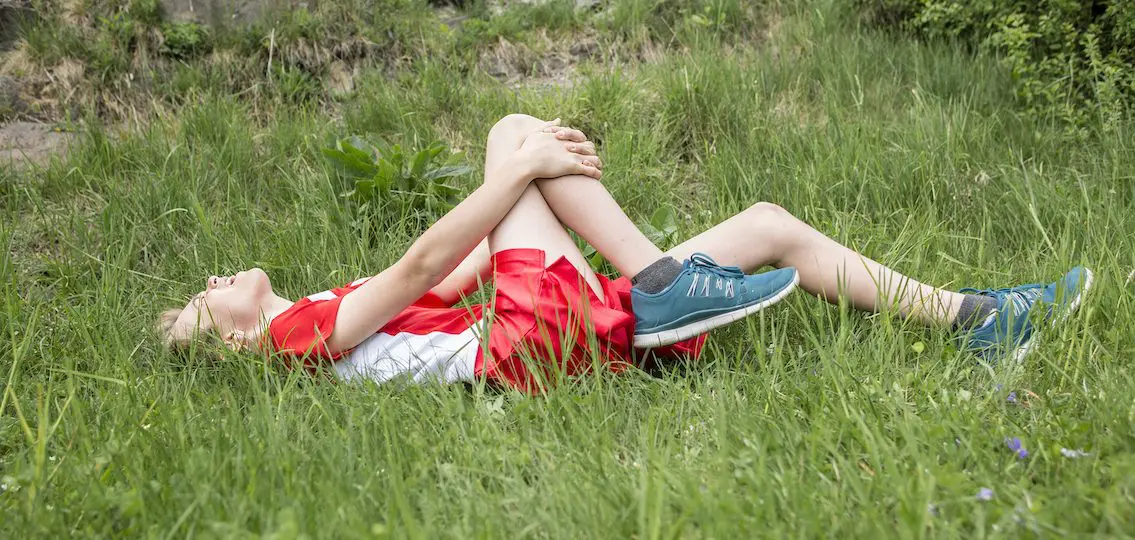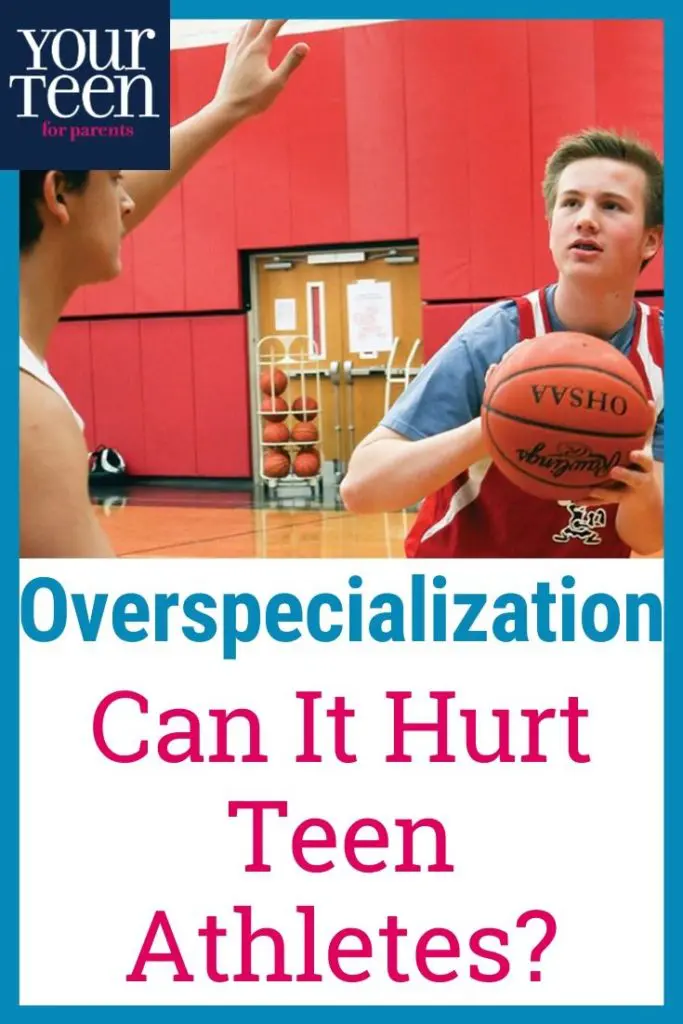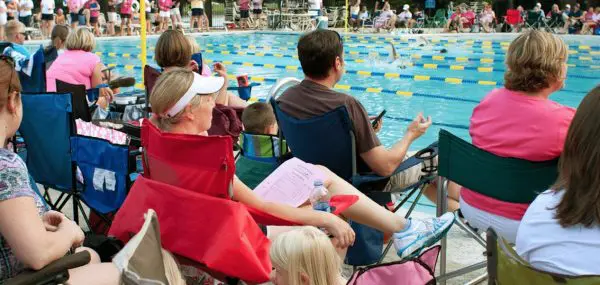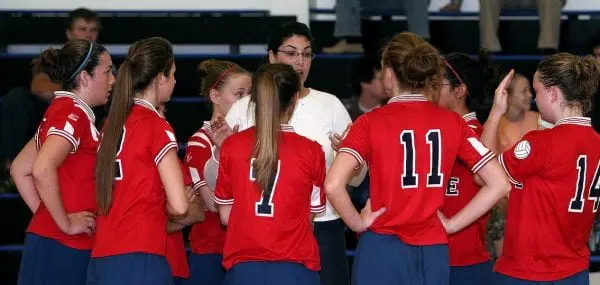Back when I played hockey on the streets of St. Louis, kids worshipped double-threats like Bo Jackson and Deion Sanders, who each played in both the NFL and MLB.

Now, the careers of Tiger Woods, the Williams sisters, and Zion Williamson send a different message: You have to focus early.
More and more youth sports are sending sports-loving teens that message, too.
Former MLB second baseman Aaron Hill, a multi-sport player as a kid, is wary of such advice. He recently told The Damon Bruce Show that many coaches are saying to 13-year-olds, “You’re only going to play baseball,” or “We encourage you to play other sports, but if you don’t make this next practice, you’re not going to make the A club.” Fearing a competitive disadvantage, families buy into “elite” teams and invitation-only camps, with single-sport, year-round, adult-style training starting as young as 8.
Overspecialization in Youth Sports Can Backfire on the Body
Popular self-development books like Outliers and The Talent Code focus on massive time investment as the path to greatness. But the math isn’t as simple as it seems. After all, “You can’t become a professional athlete unless you’re healthy,” says Dr. Nirav Pandya, a pediatric orthopedic surgeon at the University of California, San Francisco. Youth injury rates have risen along with intensive training and single-sport specialization. Pediatric orthopedic surgeries nearly doubled over the last decade, and some surgeries increased even more dramatically. For example, according to a 2018 study in the Journal of Pediatric Orthopaedics, there were nearly six times as many ACL reconstructions on pediatric patients in 2014 than there were in 2004.
It’s common sense, right? More hours, more injuries—just like with adults. But it’s more complicated than that for adolescents. UCLA’s Jennifer Beck, M.D., a pediatric orthopedic surgeon, says partially ossified bones and active growth plates make adolescents more susceptible to overuse injuries—including a bunch of injuries that grown-ups don’t get, like Little League shoulder, Sever’s disease in the heel, and Osgood-Schlatter in the knee. Kids are also more prone to heat intolerance, she says, because they have a higher surface-area-to-body-mass ratio. Bottom line: Overtraining has unique and sometimes lifelong consequences for tweens and teens.
What’s more, single-sport training can “prevent young athletes from developing transferable skills,” says Jean Côté, Ph.D., a professor of sport psychology at Queen’s University in Kingston, Ontario. A recent study in The Journal of Athletic Training backs him up. It found more hip and knee injuries in girls who sport-specialized than in multisport athletes, and researchers theorize that it’s because they had less overall coordination in jumping and landing. That would make sense to Hill, the 2009 All-Star who says, “I thought football helped baseball in a lot of ways; I thought baseball helped football.”
Consider Mental and Social Health, Too
There’s also psychology to consider. Why do so many teens give up on sports? A 2013 study in the journal Sports Health found that early intensity leads to less enjoyment and more burnout. On the flip side, a more relaxed environment lets kids perceive themselves as more competent, which has been shown to increase both participation and performance.
Sarah Gibbs lived both sides of this coin in Seattle. Her son loved rec soccer. But when others left for select teams in fifth grade, “It seemed like that’s what we were supposed to do, too,” she says. They ended up with a coach whom Gibbs describes as taking “the carrot-and-the-stick approach, just without the carrot.” When an 11-year-old picked up a leaf, the coach made him run laps the rest of practice. “Bit by bit, my son’s love for the sport was being sucked away, until season’s end, when he begged to never play again.”
Varied sport involvement doesn’t just decrease dropout rates, Côté says; it also tends to produce a healthier identity, because the child’s sense of worth isn’t all tied up in one sport. Multiple sports also allow for more diverse peer relationships, and a step down in league intensity can provide opportunity for athletic kids to practice leadership by sharing encouragement and skills with kids with less experience.
Early Sport Specialization isn’t Necessary—Just Look at the Pros
But aren’t these just the risks you have to take to get really good? Nope. “The players who make it into the NFL are significantly more likely to have played multiple sports while growing up,” James Collins, an athletic trainer and director of football/medical services for the Los Angeles Chargers, recently told the National Athletic Trainers’ Association (NATA). “In fact, almost 90% of 2018 NFL Draft picks were multiple-sport athletes.”
Côté says Olympians and professional athletes, “report a moderate intensity of early sport-specific training in their main sport, and at the same time, extensive involvement in various other sports.” How did they have time? It turns out 3,000 to 6,000 hours of sport-specific training—an amount that is totally feasible to get without ramping up intensity until after adolescence—does the trick, he says.
Dr. Beck puts it bluntly: “You are a better athlete, a more well-rounded athlete, in better health, with lower burnout rates, if you participate in numerous sports and don’t focus on a sport until you are in at least high school.”
When Should Kids Specialize?
Andrea Stracciolini, M.D., a sports medicine doctor who researches injury prevention in children and teaches at Harvard Medical School, says because injuries tend to be about growth, “waiting [to specialize] until late puberty or post-puberty is preferable.” For those more comfortable with a number, the experts agree that most 16-year-olds can train intensely in one sport and that those 12 and under should be sampling different sports in a context that’s predominantly play-based. For 13-, 14-, and 15-year-olds, parents need to make a judgment call; getting as close as possible to 16 (or older) is ideal.
What if your child has already specialized?
At that point, parents usually can’t put the toothpaste back in the tube. For some sports, early specialization may be necessary. Dr. Beck, who grew up as a competitive gymnast, says figure skating and other sports where peak performance occurs in youth are exceptions to the rule. Other parents find themselves swayed by their child’s passion.
Michelle Snape’s daughter took to dance young and stayed obsessed. She’s now at the San Francisco Ballet School, which Snape describes as “very, very regimented, strict, and focused.” The dance program of her arts high school “adds 10 more hours a week of dancing,” and the strain shows. She broke her foot last year and recently had surgery for another injury. But Snape doesn’t have regrets: “It would be a shame if a kid wanted that, and the parent prohibited them from living up to their potential.”
With Specialization, Be Extra Attentive
For Snape and other parents of athletes already specializing before turning 16, the experts have this advice.
Monitoring is key. “Kids want to play with their friends, and they may not be honest about pain and symptoms,” says Dr. Beck. “So if parents ever see their kids limping out on the field or choosing to take themselves out of a game, they definitely should take those complaints seriously.” Even if the child swears there’s nothing wrong, look at their joints. “Any swelling or very specific tenderness, those are things that should be evaluated and treated,” she says.
Know the signs of burnout. Dr. Stracciolini recommends watching for fatigue, anxiety, depression, changes in mood, academic dips, and decreased enjoyment of social activities. Even if no red flag waves, she says, pay attention “to overall athlete health—importantly sleep (8-9 hours per night for high schoolers), nutrition, psychosocial well-being, and family time.”
Be an advocate for your child.
USA Basketball has age-by-age guidelines on hours of practice, number of games, rest days, and more that you could share with the coach. Dr. Beck recommends baseball parents stay on top of their kid’s total pitch count, being sure to include pitch coaching, practices, and games for multiple teams (if they play for both school and a travel team, for example). She also suggests parents keep an eye on the temperature and humidity during practice and play, and advocate for access to athletic trainers.
Johanna Moody-Gatlin wishes her son’s program had hired a trainer. She and her husband tried to convince their fifth-grader to play other sports, but he was driven, committing to a highly selective basketball program in Seattle. After hurting his knee in a game, he insisted it was fine and kept playing for months. But the problem worsened over time, and he recently underwent surgery. “Perhaps full rest earlier on could have prevented it,” she says.
Keep Your Eyes on the Right Prize
The Moody-Gatlin family, like many others, spent $10,000 to $20,000 per year on travel alone, starting in third grade. It’s tempting to justify that expense as a ticket to college, but Dr. Pandya says only about 2% of high school athletes end up playing with full or partial financial assistance, “and even for those, the average cost of club participation exceeds the value of the average scholarship.”

“It’s so easy to get caught up in the game,” Moody-Gatlin says, “but the real victory is keeping your kid healthy, happy, and ready for the next stage of their life.”
Smart Steps to Optimal Performance
So what, exactly, do experts say gives your child a shot at the top? In October 2019, the National Athletic Trainers’ Association released the following guidelines:
- Delay specializing in a single sport for as long as possible.
- Participate in one organized sport per season.
- Do not play a single sport more than eight months per year.
- Limit participation to one hour per week per year of age.
- Take a minimum of two days off per week.
- Spend time away from organized sports at the end of each competitive season.
If these recommendations sound extreme, Dr. Beck says, “Remember that NFL players have an off-season from February to June or July even though that is their livelihood.”





